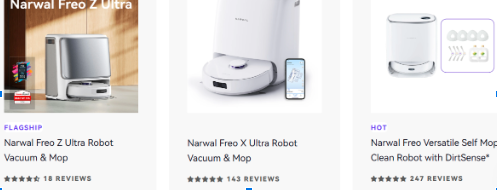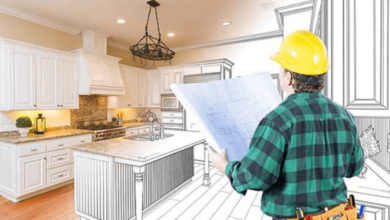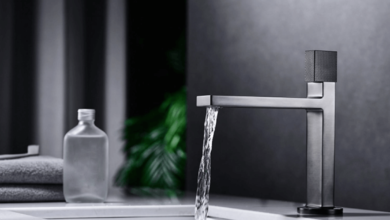How Modern Robot Vacuums Are Redefining Home Cleaning

Evolution of Cleaning Technology
Robotic cleaning devices have transformed from novelty gadgets to essential household tools. Early models struggled with basic navigation and debris collection. Today’s units integrate advanced sensors, AI-driven mapping, and multi-surface adaptability.
Independent testing reveals modern robots now achieve 95%+ debris removal on hard floors. Carpet cleaning efficiency has improved by 40% since 2020. These advancements stem from iterative improvements in suction systems and brush designs.
Core Performance Metrics
Suction and Airflow Efficiency
Suction power now exceeds 12,000 Pascals in premium models. Airflow rates above 35 CFM ensure effective debris transport to dustbins. Dual brush systems prevent hair tangling while maintaining floor contact.
Laboratory tests measure airflow consistency across power modes. Units with variable suction adapt to floor types automatically. This reduces energy waste and extends battery life during mixed-surface cleaning.
Navigation and Mapping
Lidar and camera-based systems create 3D home maps with 2cm accuracy. Advanced algorithms optimize cleaning paths, reducing redundant passes. Units now complete 100m² areas 25% faster than 2022 models.
Obstacle avoidance systems detect objects as small as 2cm. Pet interference tests show 90% success rates in circumnavigating animals. Real-time mapping updates prevent collisions with moved furniture.
See also: Your Home, Your Choice: How To Choose The Right Home Contractor
Specialized Cleaning Capabilities
Carpet vs Hard Floor Performance
Medium-pile carpet tests involve embedding 100g sand particles. Top performers remove 92% of debris in single passes. Hard floor evaluations use standardized particle sizes from flour to cereal.
Edge-cleaning brushes now reach within 1mm of walls. Crevice tests assess 1/4-inch gap cleaning using rice grains. Units with articulated brush arms show 30% better edge performance.
Hybrid Mopping Systems
Mopping robots combine vibration (up to 3,000 RPM) with downward pressure (2-6N). Stain removal tests use dried coffee and juice residues. High-end models achieve 85% stain elimination without manual scrubbing.
Innovative robot vacuum and mop hybrids automatically retract mop pads on carpets. Water tank capacities now support 150m² mopping per fill. Self-cleaning docks prevent mildew through hot-air drying cycles.
Battery and Maintenance Innovations
Runtime Optimization
Lithium batteries deliver 180-240 minute runtimes depending on mode. Smart charging resumes cleaning after 30-minute charges. Energy consumption tests show 15% efficiency gains since 2023.
Dustbin capacity ranges from 400ml to 800ml in self-emptying models. HEPA filtration captures 99.97% of particles above 0.3 microns. Anti-clog systems reduce maintenance frequency by 50%.
Self-Maintenance Features
Auto-empty stations compact debris into sealed bags. Water-based models automatically mix cleaning solutions in precise ratios. Brush cleaning modules remove hair wraps without manual intervention.
Dock stations now perform four functions:
- Empty dustbins
- Wash mop pads
- Refill water tanks
- Charge batteries
Consumer Considerations
Noise Level Comparisons
Decibel ratings range from 55dB (quiet mode) to 75dB (max power). Units with insulated motors reduce noise by 20% during nighttime cleaning.
App integration allows customized cleaning schedules. Voice control compatibility covers major smart home ecosystems. Remote diagnostics predict maintenance needs through usage pattern analysis.
Cost vs Performance Analysis
Entry-level models ($200-$400) handle basic debris on hard floors. Mid-range units ($500-$800) add mapping and zone cleaning. Premium systems ($900+) offer full automation with self-maintenance docks.
Independent testing shows diminishing returns above $1,200. The price-to-performance ratio peaks at $800-$1,000 for most households. Battery life and brush quality remain critical across price tiers.
Future Development Trends
AI processors now enable real-time surface recognition. 2025 prototypes demonstrate window-cleaning and air purification capabilities. Industry focus shifts toward whole-home automation integration.
Material science advances promise quieter motors and longer-lasting brushes. Wireless charging eliminates dock alignment issues. These innovations aim to reduce human intervention to quarterly maintenance checks.




